If you never saw anyone standing on a surfboard with a paddle you either don’t live anywhere near water or live under a rock. Stand Up Paddle Boarding or SUP is becoming one of the top summertime sports out there, and is an absolutely fantastic full body workout.
Why is it so popular? Well, it’s relatively easy to learn, easy on joints, makes for a great outdoor activity with friends and family, and offers a killer workout.
The health benefits to Stand Up Paddling are:
- A Full body Workout
- Strengthens the Core
- Builds Balance
- Newfound Zen-nes
- Reducing the risk of getting heart disease
- Weight Loss
THE WORKOUT
The intensity of your workout depends on the body of water you are on and the size of your board. You can paddle on lakes, rivers, or oceans, so obviously balancing yourself in waves over calm waters will make for a more challenging workout. A wider, longer board will make it easier to balance.
SUP is simultaneously a cardiovascular and strength training workout that works muscle groups as oppose to isolated muscles. This has been found to be a better way of exercising than traditional resistance training where you work isolated muscles one at a time. The reason for this is that working whole muscle groups is closer to the way our bodies move naturally in day-to-day activities. This causes muscles to react quicker, and results in less of a chance for the body to be caught off-guard by a wrong movement during regular activity and cause injury.
SUP also provides amazing core and stabilizer muscle training due to the balancing aspect of it (your core, back, and legs always need to be engaged in order to keep balance). The side pushing of the paddling results in a great arm, shoulder, oblique and hip workout.
Stand Up Paddle Boarding also makes for a great cross training for sports like golf and baseball as SUP use the same movements and muscles needed to hit the ball. It also helps you practice your balance which is needed in sports like soccer, hockey, and gymnastics.
Low Impact Cardio
Because you are more or less standing still (besides balancing) SUP is great for those with running injuries or weak joints, and will less likely cause injury than other cardiovascular exercises. The calorie burning is pretty fantastic too! There are no real studies done to know how many calories are burnt by paddle boarding as it’s still a relatively new sport, but sites claim that depending on the intensity you go at to expect to burn 450-700 calories/hr! This can help you lose weight and ward off heart disease and diabetes.
Want the same type of workout on land? Try The Human Trainer suspension gym
Zen Benefits
Think about it: The sun is warm on your skin, you feel the bob of your board in the waves, the breeze running through your hair, and the sounds of light splashing against your board and paddle as it’s running against the water. Birds are chirping, and you’re free from ringing phones, traffic, and the hustle of life. It’s just you, and your thoughts. Relaxed yet?
Stress has so many negative affects on the body. Exercise has been found to ease the affects of depression. So paddle boarding relaxes you and gives you a hot body! Win, Win!
For Beginners:
There are paddle board lesson available, but if you have a wide enough board and the weather or waves aren’t against you, SUP is very easy to pick up. If you aren’t comfortable enough to stand on your board yet, paddling can easily be done from a kneeling position.
Boards
Technically, you can SUP on a long board (for surfing) but paddle boards are usually made bigger and have more flotation and stability. The wider and longer the board the more stability you will have.
Get Up on IT! by REI.com
– Standing alongside the board, place your paddle across the deck of the board and use it as an outrigger. The paddle grip is on the rail (edge) of the board; the blade rests on the water.
– Hold the board by the rails. One hand will also be holding the paddle grip.
– Pop yourself onto the board into a kneeling position, just behind the center point of the board.
– From that kneeling position, get a feel for the balance point of the board. The nose shouldn’t pop up out of the water and the tail shouldn’t dig in.
– Keep your hands on either side of the board to stabilize it.
– Once you’re ready, stand up on the board one foot at a time. Place your feet where your knees were. You might also bring a friend to wade out about knee-deep with your board. Have your friend stabilize the board as you get the hang of standing on it.
SUP Safety
- You should know how to swim or at least wear a life jacket. People don’t fall in that often but you are still in deep water and should obviously be prepared for anything.
- Make sure your board has a leash that you can attach to your ankle so if you happen to fall you won’t lose your board.
- When you feel like you’re going to fall aim to go off on the side of the board to avoid injury.
- Wait at least 10 minutes before entering the water to observe where people exit and enter the water, the wind, and any other dangers that may be around like boats or rocks.
- If it’s windy, find out if it’s an on-shore or off-shore wind. Knowing this will prevent the danger of suddenly being pushed to the other side of the lake or out to sea.
- Keep your eyes peeled for other boarders, surfers, and swimmers.
- If you are going alone always let someone know where you are going and when you plan on returning.
- Make sure you are properly hydrated and fed beforehand.
- Wear sunscreen
Pointers
- Like with any exercise be sure to warm up and stretch beforehand, especially if you plan on doing a more vigorous paddle.
- Don’t hunch. Make sure to keep your back straight and shoulders level.
- Don’t look down. Watch where you are going.
- Make sure your top hand is holding the grip at the top of the paddle. Don’t put both hand on the paddle shaft.
- Bend your knees.
Once you get used to SUP and love it (cause you will!) there are ways to take your paddle boarding even further. To further the zen experience there’s Paddle Board Yoga, and if you’re a thrill seeker there’s Racing. June to September is a great time to take on paddle boarding. Do it for 30 minutes, 3 times a week and watch your body and energy levels improvements skyrocket!
Need to train for SUP racing in the winter months? Try a Human Trainer suspension gym. A Human Trainer has the same workout benefits, and balancing aspect as SUP and will get you fit and ready in time for spring.
Master SUP with this SPORTS SPECIFIC WORKOUT
supgearaustralia.com, besthealthmag.ca, isupworld.com, hbmag.com, standuppaddlefitness, rei.com





 Payments powered by:
Payments powered by:

